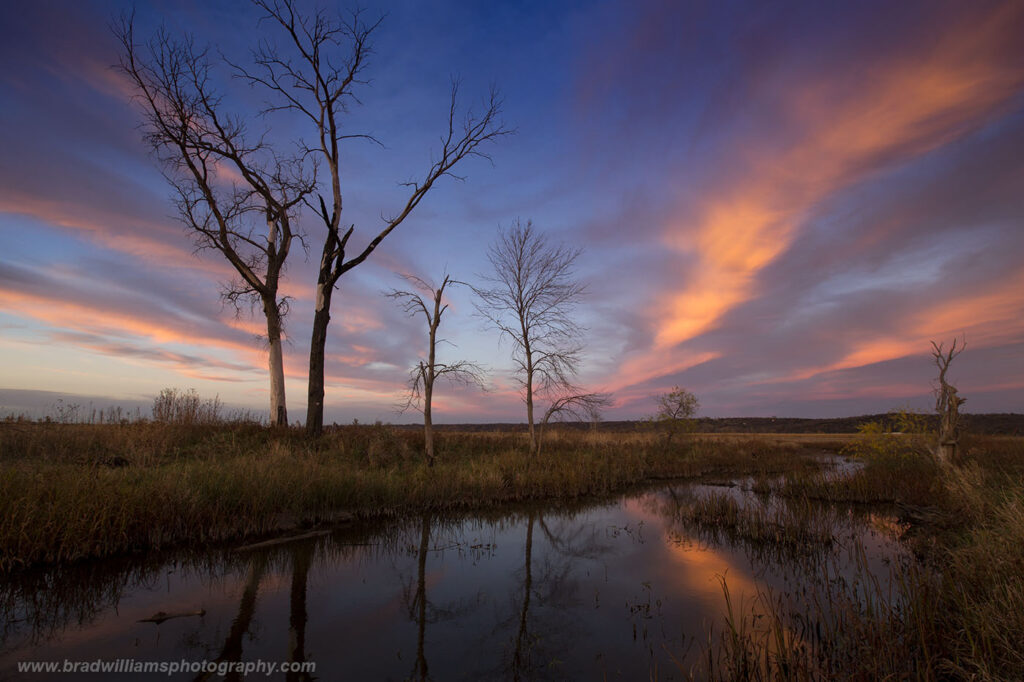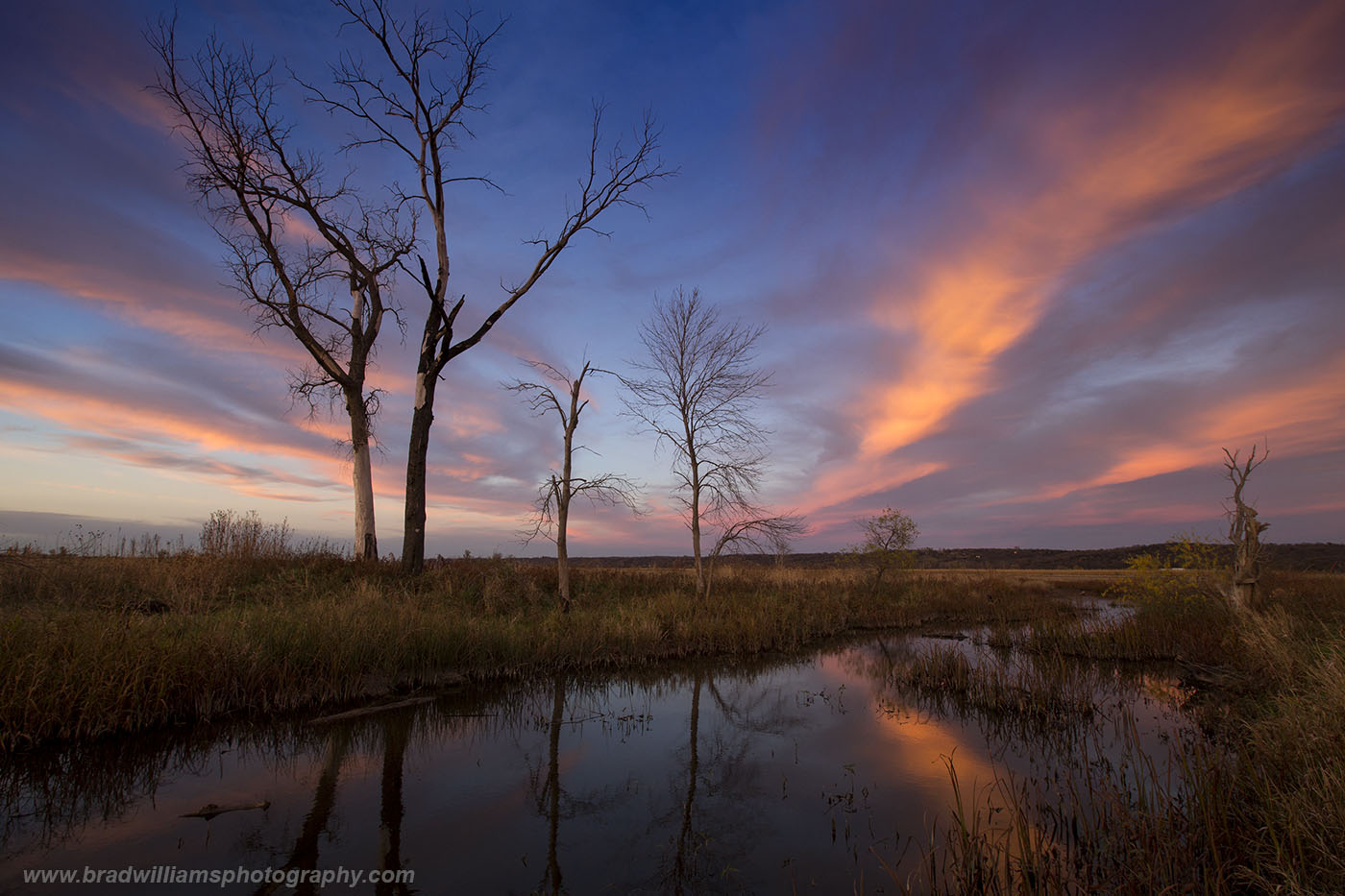
Capturing Iowa’s Beauty: A Guide to Stunning Landscape Photography
Iowa, often overlooked in favor of more dramatic landscapes, possesses a subtle yet captivating beauty that’s ripe for exploration through photography. The rolling hills, expansive prairies, and winding rivers offer a diverse range of subjects for photographers of all skill levels. This guide delves into the art of capturing stunning Iowa landscape photos, providing insights into locations, techniques, and tips for creating compelling images that showcase the state’s unique charm.
Understanding Iowa’s Landscape
Before embarking on your photographic journey, it’s crucial to understand the nuances of Iowa’s landscape. The state’s topography is primarily characterized by gently rolling hills formed by glacial activity. The Loess Hills in western Iowa present a more dramatic terrain with steep bluffs and unique geological formations. The numerous rivers and lakes, including the Mississippi River along the eastern border, add another dimension to the landscape.
The seasons dramatically transform Iowa’s scenery. Spring brings vibrant greens and blooming wildflowers, while summer offers lush fields of corn and soybeans. Autumn paints the landscape in fiery hues of red, orange, and yellow, creating a photographer’s paradise. Winter blankets the state in snow, offering opportunities for capturing serene and minimalist scenes. Understanding these seasonal changes is key to planning your Iowa landscape photoshoots.
Essential Equipment for Iowa Landscape Photography
Having the right equipment is essential for capturing high-quality Iowa landscape photos. Here’s a breakdown of the core gear:
- Camera: A DSLR or mirrorless camera with interchangeable lenses offers the most flexibility and control. However, even a high-quality smartphone can produce impressive results.
- Lenses: A wide-angle lens (16-35mm) is ideal for capturing expansive landscapes. A telephoto lens (70-200mm or longer) can be used to compress perspective and isolate distant subjects. A standard zoom lens (24-70mm) provides versatility for various shooting scenarios.
- Tripod: A sturdy tripod is crucial for achieving sharp images, especially in low light or when using long exposures.
- Filters: A polarizing filter reduces glare and enhances colors, while a neutral density (ND) filter allows for longer exposures in bright light.
- Remote Shutter Release: Minimizes camera shake when using long exposures.
- Extra Batteries and Memory Cards: Essential for extended shooting sessions.
Finding the Perfect Locations for Iowa Landscape Photos
Iowa boasts a wealth of stunning locations for landscape photography. Here are a few suggestions to get you started:
Loess Hills National Scenic Byway
This scenic byway winds through the unique Loess Hills, offering breathtaking views of the rolling hills and valleys. The area is particularly stunning during sunrise and sunset. Consider hiking to the top of Preparation Canyon State Park for panoramic Iowa landscape photos.
Effigy Mounds National Monument
Located in northeastern Iowa, this national monument preserves ancient Native American burial mounds shaped like animals. The area also offers stunning views of the Mississippi River and surrounding bluffs. The fall foliage here is particularly spectacular.
Ledges State Park
Known for its sandstone cliffs and scenic canyon, Ledges State Park provides a dramatic landscape for photography. The Des Moines River flows through the park, offering opportunities for capturing reflections and water features.
Maquoketa Caves State Park
Explore the fascinating caves and rock formations of Maquoketa Caves State Park. The park also features wooded trails and scenic overlooks, providing a variety of photographic opportunities. Keep in mind that photographing inside the caves requires specialized equipment and techniques.
Neal Smith National Wildlife Refuge
This refuge is dedicated to restoring Iowa’s native prairie ecosystem. Capture the beauty of the tallgrass prairie, wildflowers, and wildlife. The refuge is particularly beautiful during the spring and summer months. [See also: Iowa Wildlife Photography Tips]
State Forests and Recreation Areas
Iowa’s state forests and recreation areas, such as Yellow River State Forest and Backbone State Park, offer opportunities for capturing scenic woodlands, lakes, and rivers. These areas are often less crowded than the national parks, providing a more secluded photographic experience. These locations offer incredible Iowa landscape photos opportunities.
Techniques for Capturing Stunning Iowa Landscape Photos
Mastering a few key techniques can significantly improve your Iowa landscape photos. Here are some tips to consider:
Composition
Composition is the foundation of any great photograph. Use the rule of thirds, leading lines, and other compositional techniques to create visually appealing images. Pay attention to the foreground, middle ground, and background of your scene.
Lighting
Light is the most important element in photography. The golden hours (shortly after sunrise and before sunset) provide warm, soft light that is ideal for landscape photography. Overcast days can also be beneficial, as they provide even, diffused light that reduces harsh shadows. Experiment with different lighting conditions to see how they affect your images. Understanding light is crucial for taking impressive Iowa landscape photos.
Exposure
Proper exposure is essential for capturing the full dynamic range of a scene. Use your camera’s histogram to ensure that your images are not overexposed or underexposed. Consider using exposure bracketing to capture multiple images with different exposures, which can then be combined in post-processing to create a high dynamic range (HDR) image.
Focus
Achieving sharp focus is crucial for landscape photography. Use a narrow aperture (f/8 or higher) to maximize depth of field. Focus on a point that is approximately one-third of the way into the scene to ensure that everything from the foreground to the background is in focus. Consider using focus stacking techniques to further increase depth of field. Sharpness is vital for high-quality Iowa landscape photos.
Post-Processing
Post-processing is an essential part of the digital photography workflow. Use software such as Adobe Lightroom or Photoshop to adjust exposure, contrast, color, and sharpness. Be careful not to over-process your images, as this can lead to unnatural-looking results. Subtle adjustments can often make a big difference in the final image.
Tips for Planning Your Iowa Landscape Photo Shoots
Planning is key to a successful landscape photo shoot. Here are a few tips to help you prepare:
- Research Locations: Use online resources, guidebooks, and maps to identify potential locations.
- Check the Weather Forecast: Weather can significantly impact your photos. Be prepared for changing conditions.
- Plan Your Route: Determine the best route to your chosen location and factor in travel time.
- Arrive Early: Give yourself plenty of time to set up and scout the area before the best light arrives.
- Be Patient: Landscape photography often requires patience. Be prepared to wait for the right light and conditions.
- Respect the Environment: Leave no trace behind and follow all park regulations.
Ethical Considerations for Landscape Photography
As landscape photographers, it’s our responsibility to minimize our impact on the environment. Stay on designated trails, avoid disturbing wildlife, and pack out all trash. Be mindful of private property and obtain permission before photographing on private land. By practicing ethical photography, we can help preserve Iowa’s natural beauty for future generations.
Conclusion
Capturing stunning Iowa landscape photos requires a combination of skill, planning, and patience. By understanding the state’s unique landscape, mastering essential techniques, and respecting the environment, you can create compelling images that showcase the beauty of Iowa. So grab your camera, explore the state’s hidden gems, and start capturing the magic of Iowa’s landscape.
Remember to share your amazing Iowa landscape photos online and inspire others to explore the beauty of the Hawkeye State. The subtle beauty of Iowa is waiting to be discovered and immortalized through your lens. Good luck and happy shooting!

